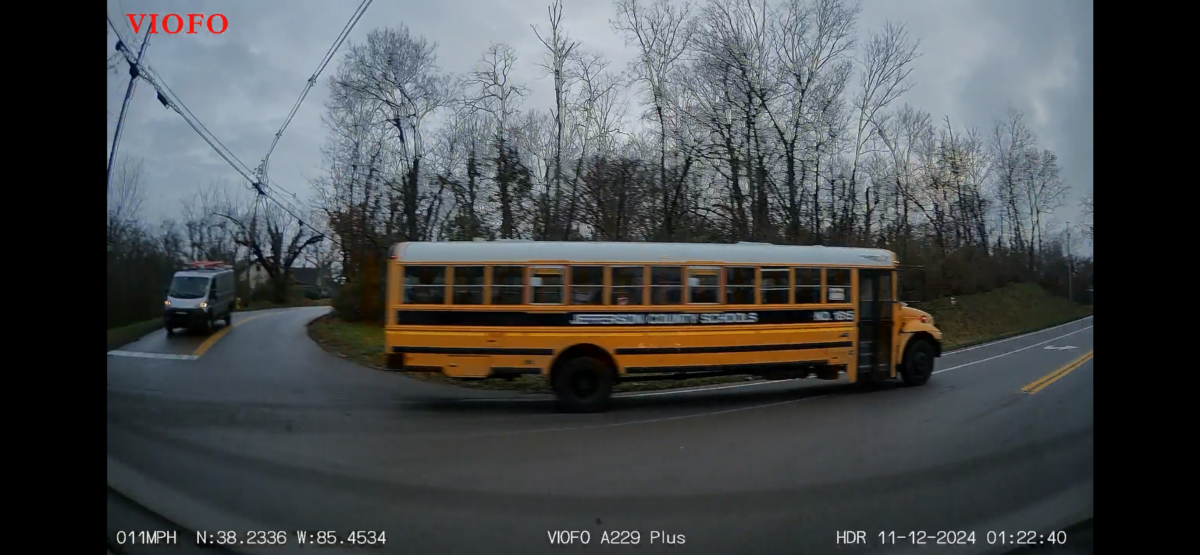(Part 2 of a 4-part series)
Urban sprawl creates strain on our residents, infrastructure, the environment, and local budgets.
Metro Louisville Government
Metro Louisville states that urban sprawl is a burden on residents, infrastructure, the environment, and even local budgets. They know that urban sprawl is burdening our infrastructure, yet instead of coming up with solutions to reduce the negative effects, the Office of Planning’s “solution” is to simply increase density across the entire county–without a plan to improve current infrastructure, let alone plan for this future increased density. They state: one of the most important actions to increase housing options within Louisville Metro is by updating the Land Development Code to remove regulatory barriers to allow for more density by-right (pg 11 of 46). Increased density by-right does not alleviate urban sprawl effects. In fact, adding dwelling units without the necessary infrastructure will dramatically increase the strain on it.
Increasing density will not alleviate the strain on our infrastructure. Just to be clear, infrastructure is more than just roadways, but those are a major component. Infrastructure is a set of systems and facilities that serve a city supporting the businesses, households, and government. Normally, these would include basic facilities such as roads, water supply, sewers, electricity, and telecommunications, but this list can also include housing. Housing would be ONE element to infrastructure. Adding dwelling units without the other necessary infrastructure is ludicrous. The system is already strained.
Strain on our Schools and Buses

This bus turned into oncoming traffic just to make a left turn at a known failing intersection. Traffic engineers actually laughed out loud as they told the Planning Commission that this intersection was beyond failing.
Yet every proposed subdivision accessing this intersection was approved by the Planning Commission, adding even more strain. While JCPS has instructed drivers not to perform this left-hand turn, what about the hundreds of dump trucks, concrete mixers, pick-up trucks, minivans, SUVs, and other vehicles which utilize this horrifying intersection? The city has been told of this strain and, without batting an eye, their solution: unreservedly approve increased density.
Do you know how many JCPS schools are east of the Gene Snyder? This graphic is missing the newly-opened Echo Trail MS, but you can clearly see, there is one. One! Metro Louisville wants to increase density, but JCPS does not have the school capacity.

Strain on our Transportation Network & Public Transit

The northern part of Metro Louisville’s Floyds Fork Watershed has experienced the fastest growth in all of Kentucky over the last few years. Previously, strain on US60 was mainly experienced if an accident on I-64 occurred. Today, Shelbyville Rd is experiencing 1,000s of vehicles an hour and is consistently under strain. When the new I-64 interchange is built, all that volume will be pushed to US60. Currently no plans exist to widen US60 beyond two lanes and a center lane–no plans to add a bike lane, a sidewalk, or even a shoulder. The designers of the new interchange admitted that US60 will not be able to handle the additional volume. This is yet another example of complete disregard for the Plan 2040 Mobility Goals and for the safety and health of Louisville residents. Metro Louisville’s “solution” to this infrastructure strain: by-right density increases.

When at TARC headquarters on W. Broadway to discuss growth needs, I asked about creating TARC routes to The Parklands or the 1,000s of new houses outside of the Gene Snyder; I was literally laughed at. They said that would never happen, and there will never be TARC routes to Eastwood or Fisherville. Their slogan is “Your Journey, Our Priority,” but the reality is, “Only if you live in the Metro Core.” Metro Louisville cannot handle increased density. One of the main problems of urban sprawl is the strain on infrastructure (and thus the environment), yet they have no plans to alleviate this problem. Increasing density where no public transportation exists will make this problem exponentially worse.
Strain on our Sewers

This is a common email notification from MSD following a rain event. It could be summarized: “Our infrastructure is not working. We can’t handle basic rains. Sewage is getting into our waterways.” Our city is the caretaker of 31 miles of one of the most diverse ecosystems in the region (Floyds Fork) and they are literally polluting it. It is 2025 and MSD actually proclaims, “DO NOT WADE IN OUTDOOR WATERS!” WADE?? We can’t let our ankles touch the water?? It’s that bad! It says that if you even come in contact with it, you better treat it like you just plunged a toilet and it got all over you. This breaks my heart, and it should break yours. How did we get here? Who benefits from this type of unmitigated growth? This is a known problem throughout the city. MSD is legally allowed to put a certain amount of fecal matter into our waterways, and they do. Yet, when it rains, the strain on the infrastructure is so bad, they tell you not to even touch outdoor waters for 48 hours after it STOPS raining.
Metro Louisville’s plan to combat “urban sprawl” is a classic smoke screen. They have no intention of actually dealing with the negative effects of urban sprawl. Instead their plan is to increase density throughout the city, ensuring smaller lot sizes and more housing are built by-right, and to write laws limiting or even eliminating neighborhood input (pg 19 of 46). They want to do this throughout the entire Louisville Metro/Jefferson County area regardless of the strain on residents, infrastructure, or the environment, all the while telling everyone in the city that those in the rural areas are a financial burden.
Next Blog: “Strain on our Environment”

